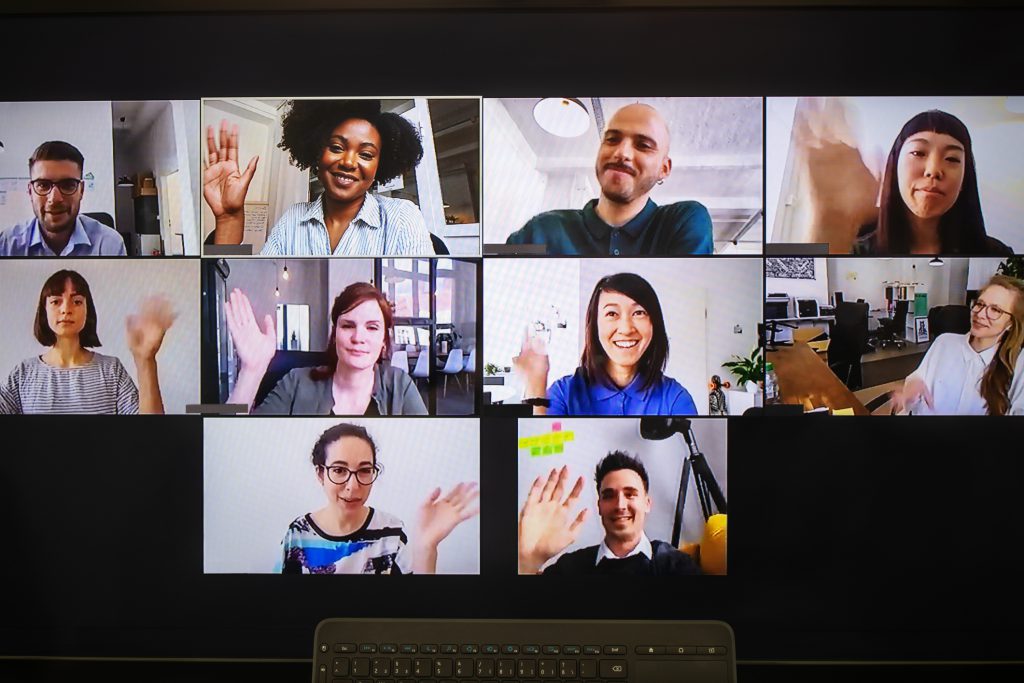You’ve heard it before: There are no second chances when it comes to making first impressions. When bringing in new hires, your onboarding process makes an early, lasting impression. This is also your first real opportunity to engage employees with your workplace culture. Don’t wait for a second chance.

Employee onboarding is an essential investment in your business success. Studies show onboarding programs can:
- Increase retention by 25 percent
- Improve employee performance by 11 percent
- Encourage retention — participants in structured onboarding are 69 percent more likely to stay for three years
“Helping new hires navigate that culture — and their place within it — is essential,” according to the SHRM Foundation, an advocacy group for HR professionals. “Understanding an organization’s politics, goals and values, and learning the firm’s unique language are all important indicators of employee adjustment and down the line are associated with commitment, satisfaction and turnover.”
Awareness of the value has prompted many businesses to embrace onboarding processes. This might include communicating with new hires before they report to work, walking them through the paperwork in advance, giving them an office tour, introducing them to the team, scheduling training, and encouraging them to socialize with colleagues over lunch or a happy hour after work.
All of this is helpful, of course. But we’ve been discussing the value of company culture consensus in this series, and highlighting the issues that cause confusion around what an organization stands for and values most. Since onboarding is a key component of establishing workplace culture coherence, here are some tips to ensure you’re getting company culture buy-in from day one.
Share company culture documentation
Company culture can’t be communicated by word-of-mouth alone. Of course, how people act and what the new hire sees them do will be the most powerful in establishing the culture in your organization. Still, start out cultural onboarding by sharing an employee handbook which outlines what culture means in your business. Or direct the new employees to pages of your business website where you communicate mission, vision, and values.
Meet in person, if virtually
With so many people working remotely in 2021, cultural onboarding is more challenging. Still, it is important to set up a face-to-face onboarding session. Even if this has to be virtual, make sure your onboarding is more than sending a series of emails with instructions and paperwork. Making a personal connection is critical.
New hires are excited about their next move and optimistic about future prospects with your business. Talk about a receptive audience! Focusing only on housekeeping after the hire accepts your offer is wasting this excellent opportunity to establish cultural expectations.

Talk about culture
The individual responsible for onboarding new hires should always spend some time sharing what makes your company unique. In cultural onboarding, the focus isn’t only on meeting and greeting and getting paperwork signed. You’ll also tell your business story and how it is supported by company culture. Glassdoor recommends:
- Defining and providing the reasoning behind your organization’s mission and vision
- Sharing real-life examples of how your values are applied on a daily basis
- Discussing your organization’s successes and failures, and the lessons learned
- Teaching new hires the attitudes and behaviors that are encouraged and discouraged in your workplace
By speaking to culture from the get-go, you immediately establish that your business cares about having everyone pulling in the same direction for a shared goal.
Make it personal
Part of company culture success rests on relationships. People who are connected to their colleagues are much more likely to observe and sustain business values. Cultural onboarding aims to facilitate relationships between the new employees and other company stakeholders.
Unless your workplace culture is one of cold isolation, make an effort to facilitate significant interactions between the new hire and their team, managers, customers, and vendors. You want them to feel connected, quickly, so that they are more empowered to cooperate and collaborate.
Encourage everyone to play a role
Communicating culture can’t just be the job of HR or a specific supervisor. In cultural onboarding, everyone in the organization plays a role. At Microsoft, for example, a major revision of the company’s onboarding program led to the core philosophy that onboarding is “everyone’s job” and team members play a critical role in providing knowledge and support.
Again, seeing everyone in your organization working together on shared objectives, demonstrating similar mores, is going to have the biggest impact in terms of creating and sustaining culture.
Make onboarding participatory
The majority of us want to learn by doing. Active participation in the onboarding will help reduce feelings of anxiety and give the individual a more solid foundation to start from. Studies on newcomer adjustment indicate that employees who are actively involved in information-seeking, goal-setting, and self-management are better socialized and have reduced feelings of uncertainty.
If your work culture embraces gamification, the participatory elements of onboarding are going to be more obvious. But even the most staid business could benefit from having a culture-oriented trivia game for new hires, or possibly a scavenger hunt that gets people up and out of their seats and meeting people in other departments while learning workflow processes.

Cultural onboarding and your organization
Taking a cultural onboarding approach makes the experience more meaningful and memorable for employees. With 86 percent of new hires deciding in the first six months whether to stay at or leave their new organization, it’s vital to start the cultural immersion that supports engagement at the earliest stages.






